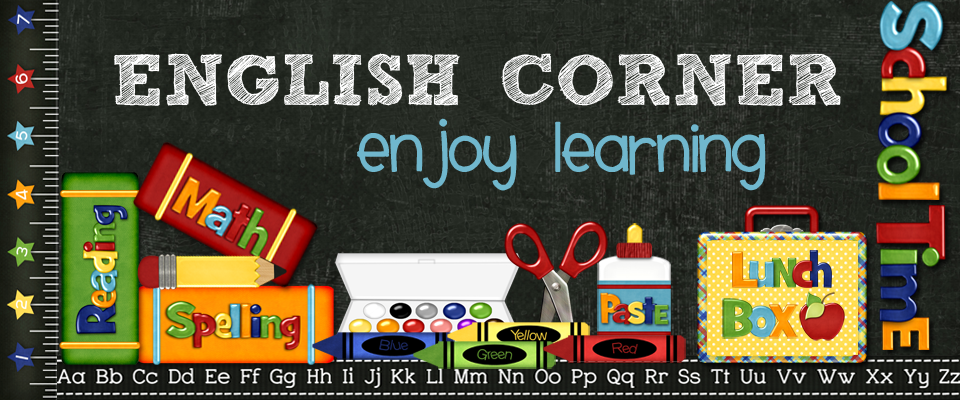Level 7 –
Blending Phonemes to Make Words
Blending
Phonemes to make words: a word is presented, with the individual phonemes
isolated. The child needs to put the
phonemes together to make the word.
Phonemic
segmentation : a child is given a word
and is required to isolate the individual phonemes. Please not: these tasks can be presented as
onset and rime e.g. /p/ar…k/ or phoneme by phoneme e.g. /p/. /ar./ /k/
In most
children the ability to synthesise (blend) sounds into words occurs earlier
than analytic (segmentation) skills (Bryen & Gerber, 1987; Caravolas &
Bruck, 1993; Solomons, 1992; Torgesen et al., 1992; Yopp, 1992).
Guess It
The
guess it game can be played in many ways.
Teacher orally segments the name of an animal. Children must guess the animal’s identity.
Samples: /p/…ig
/l/…amb /d/…og /c/…at /h/…en /r/…at
In my case, I have tried
to organised the different noun of animals in the categories: closed syllable,
open syllable, closed syllable, r-controlled, silent-e, and vowel team.
I have introduced an audio
in which you hear the phoneme os each single letter.
Source Blevins (1997)
